Increasing Prevalence of CIDP
The rising incidence of Chronic Inflammatory Demyelinating Polyneuropathy Market (CIDP) is a notable driver in the CIDP Market. Recent studies indicate that CIDP affects approximately 1.6 to 8.9 individuals per 100,000 people, suggesting a growing patient population. This increase in prevalence is likely to drive demand for effective treatment options and healthcare services. As awareness of CIDP improves, more patients are being diagnosed, which may lead to a higher market size. The expanding patient base necessitates the development of innovative therapies and management strategies, thereby propelling growth in the CIDP Market. Furthermore, the aging population, which is more susceptible to neurological disorders, could further exacerbate the prevalence of CIDP, indicating a sustained demand for healthcare resources and interventions.
Enhanced Diagnostic Techniques
The evolution of diagnostic techniques is a pivotal driver in the CIDP Market. Enhanced imaging technologies and biomarker identification have significantly improved the accuracy and speed of CIDP diagnosis. Techniques such as nerve conduction studies and MRI are becoming more refined, allowing for earlier detection of the disease. This advancement is crucial, as timely diagnosis can lead to more effective treatment interventions, ultimately improving patient outcomes. The increased accuracy in diagnosing CIDP is likely to result in a higher number of patients being identified and treated, thereby expanding the market. Furthermore, the integration of artificial intelligence in diagnostic processes may further streamline and enhance the efficiency of CIDP diagnosis, indicating a transformative shift in the CIDP Market. As diagnostic capabilities continue to improve, the potential for market growth becomes increasingly apparent.
Innovative Therapeutic Developments
The CIDP Market is experiencing a surge in innovative therapeutic developments, which is a critical driver of market growth. Recent advancements in biologics and immunotherapies have shown promising results in managing CIDP symptoms and improving patient outcomes. For instance, therapies such as intravenous immunoglobulin (IVIg) and corticosteroids have been widely adopted, with the market for IVIg alone projected to reach several billion dollars by 2026. These innovations not only enhance treatment efficacy but also expand the therapeutic options available to clinicians, thereby increasing the overall market potential. Additionally, ongoing clinical trials and research initiatives are likely to yield new treatment modalities, further stimulating interest and investment in the CIDP Market. The continuous evolution of treatment paradigms may also lead to improved patient adherence and satisfaction, which could positively impact market dynamics.
Rising Demand for Patient-Centric Care
The shift towards patient-centric care is emerging as a significant driver in the CIDP Market. Patients are increasingly seeking personalized treatment plans that cater to their specific needs and preferences. This trend is reflected in the growing emphasis on shared decision-making between healthcare providers and patients, which is reshaping treatment approaches for CIDP. The demand for individualized therapies is likely to spur innovation in treatment options, as pharmaceutical companies strive to develop therapies that align with patient expectations. Additionally, the focus on patient-reported outcomes and quality of life measures is becoming more pronounced, influencing the development of new therapies. This patient-centric approach not only enhances treatment adherence but also fosters a more engaged patient population, which could positively impact the CIDP Market. As the healthcare landscape evolves, the emphasis on personalized care is expected to drive market growth.
Growing Investment in Neurological Research
Investment in neurological research is a significant driver for the CIDP Market. Governments and private entities are increasingly allocating funds to understand the underlying mechanisms of CIDP and develop targeted therapies. This trend is evidenced by the rise in research grants and funding opportunities aimed at neurological disorders, which have seen a substantial increase in recent years. For example, funding for CIDP-related research has been bolstered by initiatives from health organizations and pharmaceutical companies, aiming to uncover novel treatment pathways. Such investments not only enhance the scientific understanding of CIDP but also facilitate the development of innovative therapies, thereby expanding the market landscape. The commitment to advancing research in this field suggests a promising future for the CIDP Market, as new discoveries may lead to breakthroughs in treatment and management.
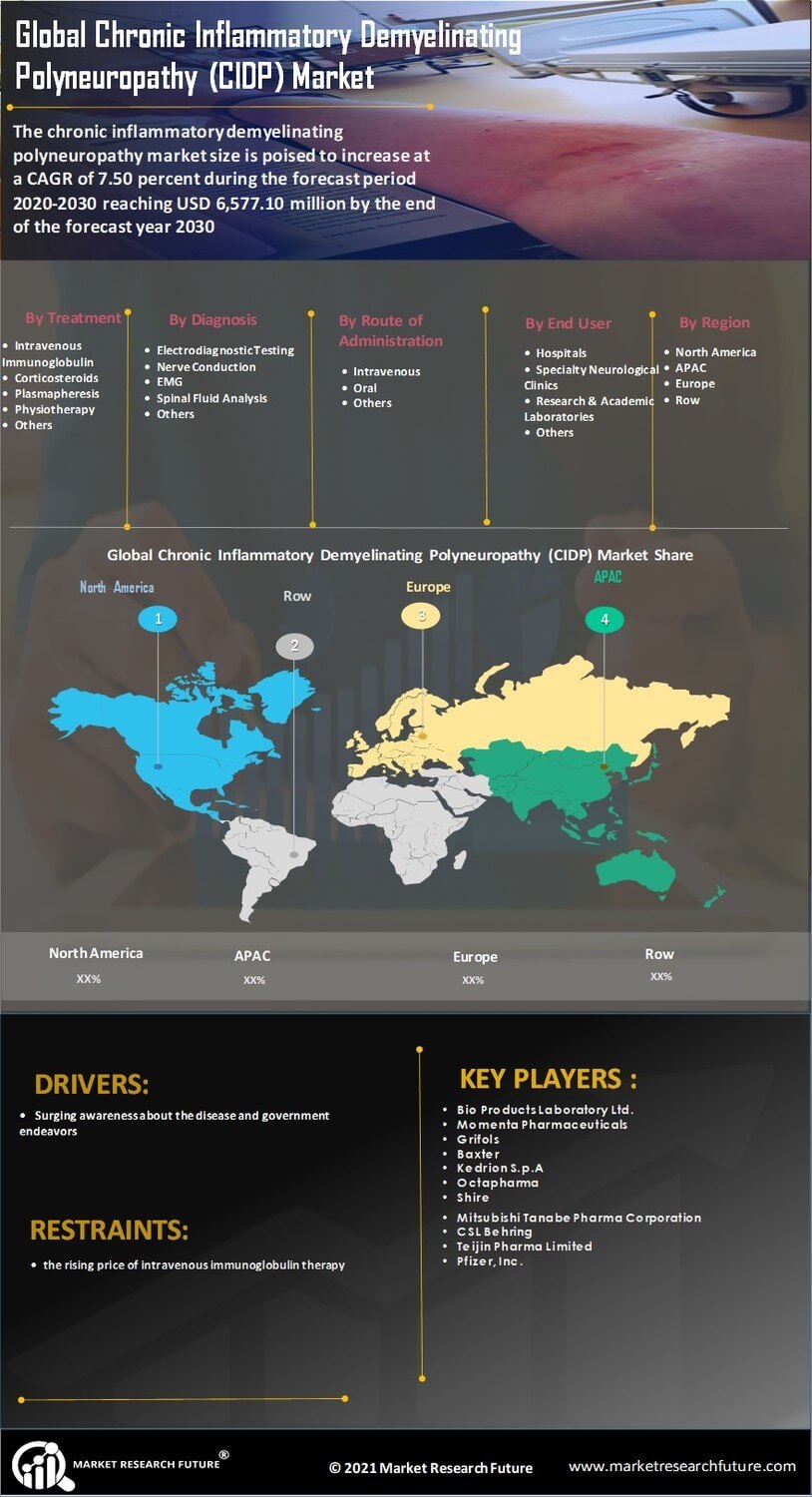

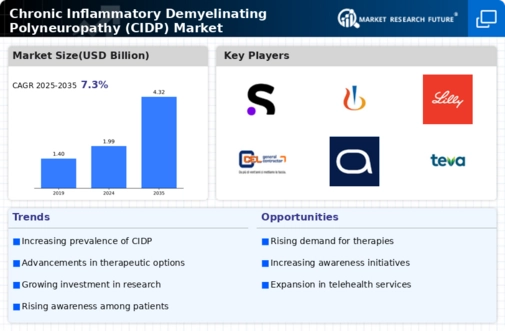
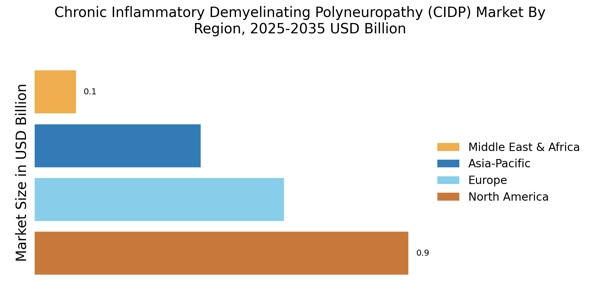

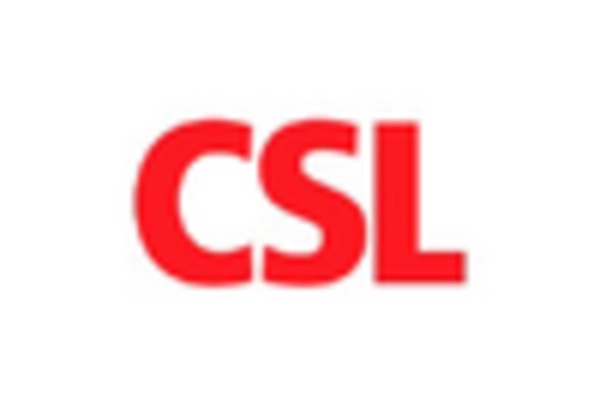
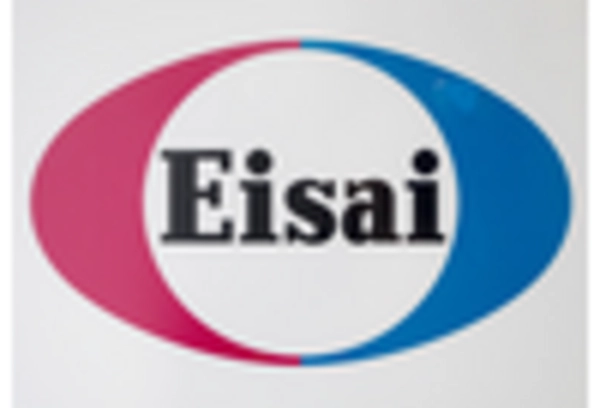
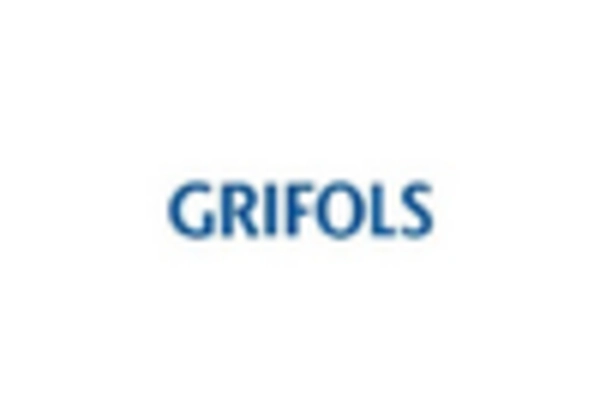
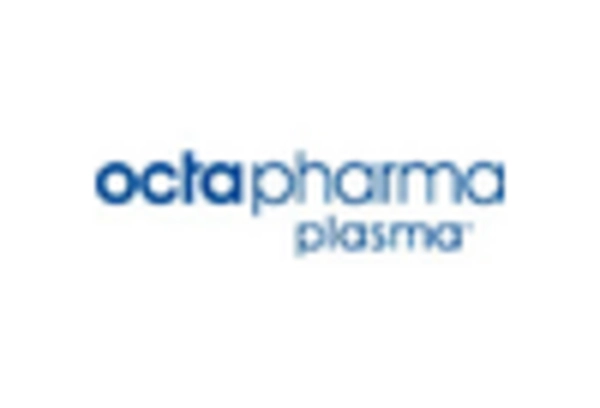









Leave a Comment